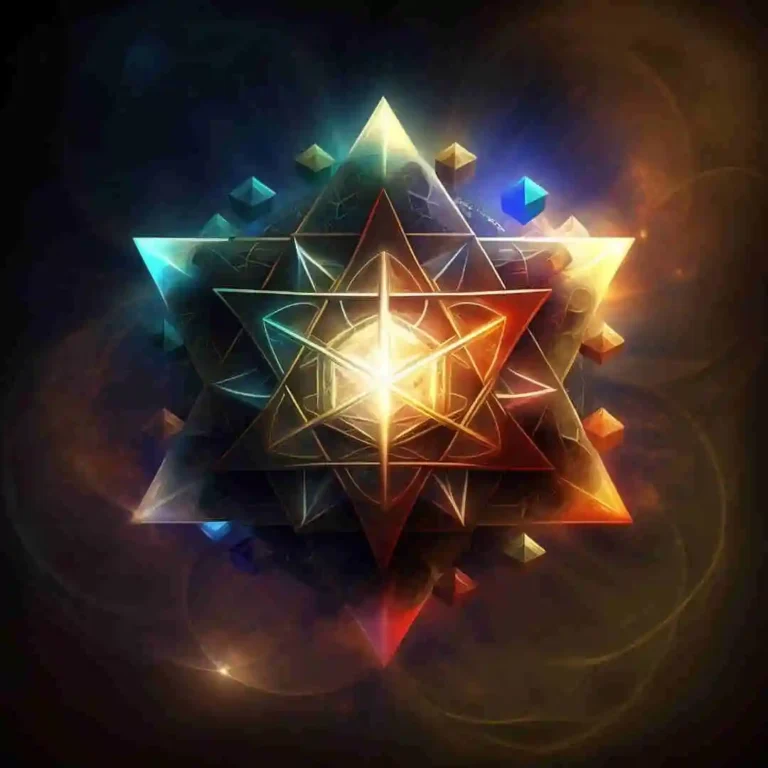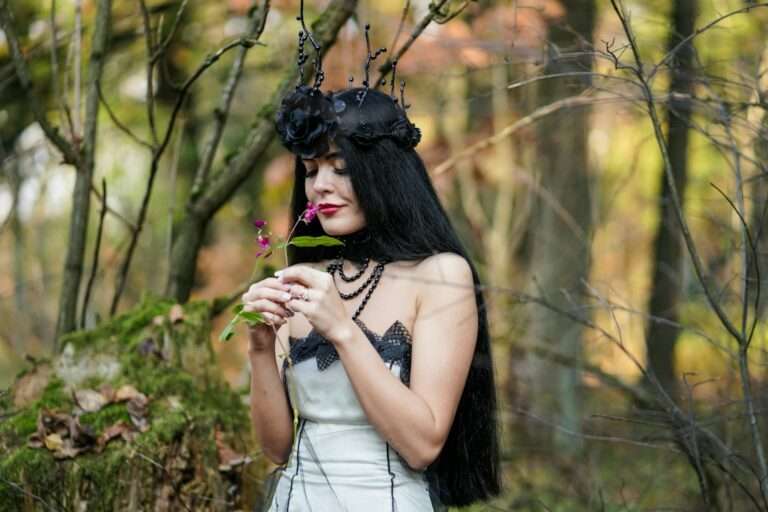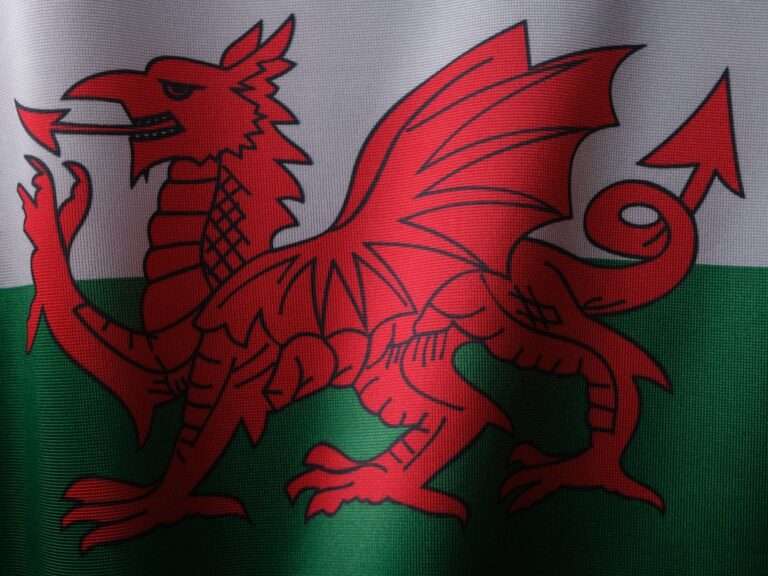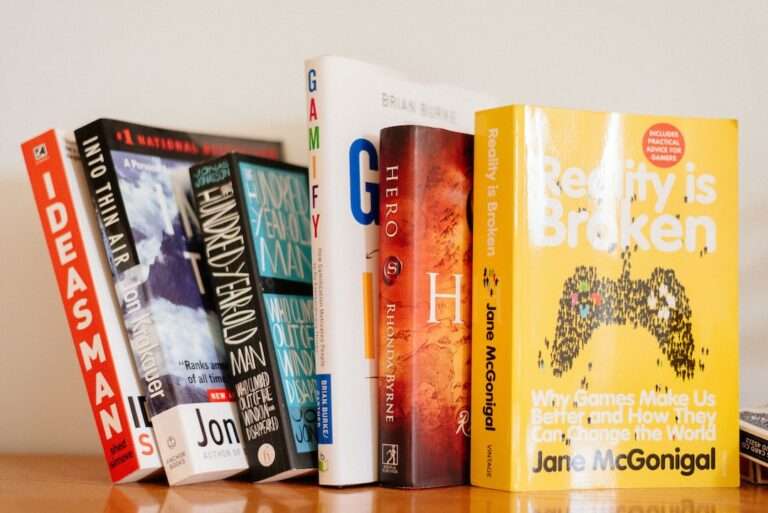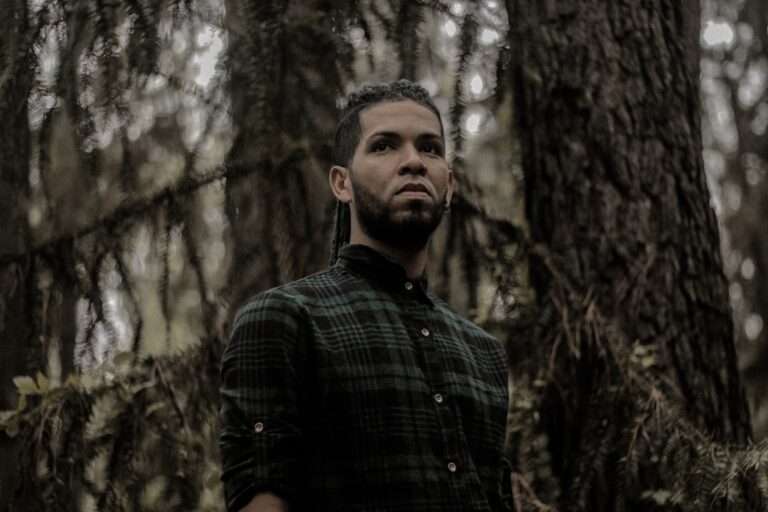The Symbolism of The Crown: Exploring the Meaning Behind the Royal Headpiece
The crown has long been a symbol of power and authority, representing the monarch’s right to rule and their ability to make decisions on behalf of their people. It is an essential part of royal culture and has been used in coronations and other ceremonies for centuries. The crown holds deep symbolism and carries with it a rich history that continues to captivate and inspire.
Key Takeaways
- The crown is an important symbol in royal culture, representing power, authority, divinity, and unity.
- Archetypal symbols found in crowns include the sun and the circle, representing immortality and eternity.
- The crown also symbolizes triumph, victory, duty, responsibility, and the monarch’s connection to the divine.
- The crown serves as a reminder of the monarch’s role as protector and defender of their people.
- Despite modern times, the symbolism of the crown remains enduring and significant.
The Crown as a Symbol of Power and Authority
The crown is the ultimate symbol of power and authority, representing the monarch’s sovereignty over their kingdom. It is a physical manifestation of their right to rule and their ability to make decisions that affect the lives of their subjects. When a monarch is crowned, they are bestowed with the crown as a symbol of their newfound power and responsibility.
Throughout history, crowns have been adorned with precious jewels and metals, further emphasizing the monarch’s status and wealth. The weight and grandeur of the crown serve as a reminder of the immense power that rests upon the monarch’s head. It is a symbol that commands respect and demands obedience from their subjects.
Archetypal Symbols Found in Crowns: The Sun and the Circle
Many crowns feature archetypal symbols such as the sun and the circle. These symbols hold deep meaning and represent power, eternity, and the cyclical nature of life.
The sun is often depicted on crowns, symbolizing the monarch’s radiance and brilliance. It represents their ability to bring light and warmth to their kingdom, just as the sun brings light and warmth to the world. The sun also represents power, as it is the ultimate source of energy and life.
The circle is another common symbol found in crowns, representing eternity and the cyclical nature of life. It symbolizes the monarch’s everlasting reign and their connection to generations past and future. The circular shape also represents unity, as it has no beginning or end, just as the monarch’s rule is meant to bring their people together as one united kingdom.
The Crown as a Symbol of Divinity and Immortality
| Symbol | Meaning | Examples |
|---|---|---|
| Crown | Symbol of divinity and immortality | The Crown Jewels of the United Kingdom, The Crown of Thorns |
| Gold | Symbol of wealth and power | The Golden Crown of the Byzantine Empire, The Gold Crown of the Kings of France |
| Jewels | Symbol of status and luxury | The Crown of Queen Elizabeth II, The Crown of the Holy Roman Empire |
| Thorns | Symbol of suffering and sacrifice | The Crown of Thorns worn by Jesus Christ during his crucifixion |
In some cultures, the crown is seen as a symbol of divinity and immortality. It represents the monarch’s connection to the divine and their eternal nature.
In ancient Egypt, for example, the pharaohs wore crowns that were adorned with symbols of gods and goddesses. These crowns represented the pharaoh’s divine right to rule and their role as a mediator between the gods and their people. The crown was believed to bestow upon the pharaoh divine powers and immortality.
Similarly, in European monarchies, the crown has been associated with divine right. The monarchs were believed to be chosen by God to rule, and the crown symbolized their connection to the divine. It represented their role as God’s representative on Earth and their duty to rule with justice and righteousness.
The Crown as a Symbol of Unity and Sovereignty
The crown is not only a symbol of power and authority but also of unity and sovereignty. It represents the monarch’s ability to bring their people together and rule over them as one united kingdom.
The crown serves as a unifying force, bringing together people from different backgrounds, cultures, and regions under one ruler. It symbolizes the monarch’s commitment to ruling for the benefit of all their subjects, regardless of their differences.
Furthermore, the crown represents sovereignty, which is the ultimate authority over a territory or kingdom. It signifies that the monarch has complete control over their realm and that they have the final say in matters of governance. The crown is a visible reminder of this sovereignty and serves as a symbol of the monarch’s ability to make decisions on behalf of their people.
The Crown as a Symbol of Triumph and Victory
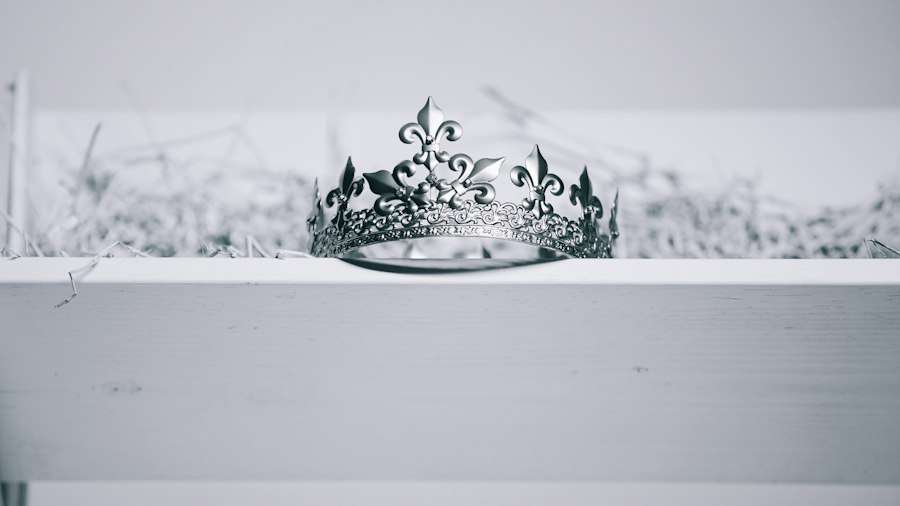
Throughout history, crowns have been used to celebrate triumph and victory in battle. They represent the monarch’s success in defending their kingdom and defeating their enemies.
In ancient Rome, for example, victorious generals were often awarded a crown known as a “corona triumphalis” to commemorate their military achievements. This crown was made of laurel leaves and symbolized the general’s victory and glory.
Similarly, in medieval Europe, kings and queens would wear crowns adorned with symbols of their military victories. These crowns served as a reminder of the monarch’s strength and their ability to protect their kingdom from external threats.
The Crown as a Symbol of the Monarch’s Duty and Responsibility
The crown is not just a symbol of power and authority; it is also a symbol of the monarch’s duty and responsibility to their people. It represents their commitment to ruling justly and protecting their kingdom.
When a monarch is crowned, they take an oath to uphold the laws of the land and to govern with fairness and justice. The crown serves as a constant reminder of this oath and the responsibilities that come with it.
The weight of the crown also symbolizes the burden of leadership. It represents the sacrifices that the monarch must make for the well-being of their people. The crown serves as a reminder that ruling is not just about power and privilege but also about service and sacrifice.
The Crown as a Symbol of the Monarch’s Connection to the Divine
In some cultures, the crown is seen as a symbol of the monarch’s connection to the divine. It represents their role as a mediator between their people and the gods.
In ancient Mesopotamia, for example, kings would wear crowns adorned with symbols of gods and goddesses. These crowns represented the king’s divine right to rule and their ability to communicate with the gods on behalf of their people.
Similarly, in Hinduism, crowns are often worn by deities and represent their divine status. The crown symbolizes the deity’s connection to the divine and their ability to bestow blessings upon their devotees.
The Crown as a Symbol of the Monarch’s Role as Protector and Defender
The crown is also a symbol of the monarch’s role as protector and defender of their kingdom. It represents their commitment to keeping their people safe and secure.
Throughout history, monarchs have been responsible for the defense of their realm. They have led armies into battle and made strategic decisions to protect their kingdom from external threats. The crown serves as a reminder of this responsibility and the sacrifices that come with it.
The crown also symbolizes the monarch’s commitment to maintaining law and order within their kingdom. It represents their role as the ultimate authority in matters of justice and their duty to ensure the well-being of their subjects.
The Enduring Symbolism of the Crown in Modern Times
Despite the changing nature of monarchy and royal culture, the crown remains an enduring symbol of power, authority, and responsibility. It continues to be used in coronations and other ceremonies, and its symbolism remains relevant in modern times.
The crown serves as a reminder of the monarch’s duty to rule with fairness and justice, to protect their people, and to uphold the laws of the land. It represents their connection to the divine and their ability to bring unity and sovereignty to their kingdom.
In a world that is constantly evolving, the crown stands as a timeless symbol that transcends time and culture. It is a symbol that continues to captivate and inspire, reminding us of the enduring power and significance of monarchy in our society.
If you’re fascinated by the symbolism of the crown, you might also be interested in exploring the symbolism of the star. Stars have long been associated with guidance, inspiration, and divine energy. They have been used as symbols of hope, dreams, and aspirations. To delve deeper into this topic, check out this insightful article on the Symbolism Hub: Symbolism of the Star. Discover the hidden meanings behind this celestial symbol and how it has influenced various cultures throughout history.
FAQs
What is symbolism?
Symbolism is the use of symbols to represent ideas or qualities.
What is the crown?
The crown is a headpiece worn by a monarch as a symbol of their authority and power.
What does the crown symbolize?
The crown is a symbol of power, authority, and sovereignty. It represents the monarch’s right to rule and their connection to the divine.
What are some common symbols associated with the crown?
Some common symbols associated with the crown include jewels, crosses, and fleurs-de-lis.
What is the history of the crown as a symbol?
The crown has been used as a symbol of power and authority for thousands of years. It was used by ancient Egyptian pharaohs, Greek and Roman emperors, and European monarchs throughout history.
What is the significance of the crown in modern times?
In modern times, the crown is still used as a symbol of power and authority by monarchs and other leaders. It is also used in heraldry and as a decorative element in art and design.
